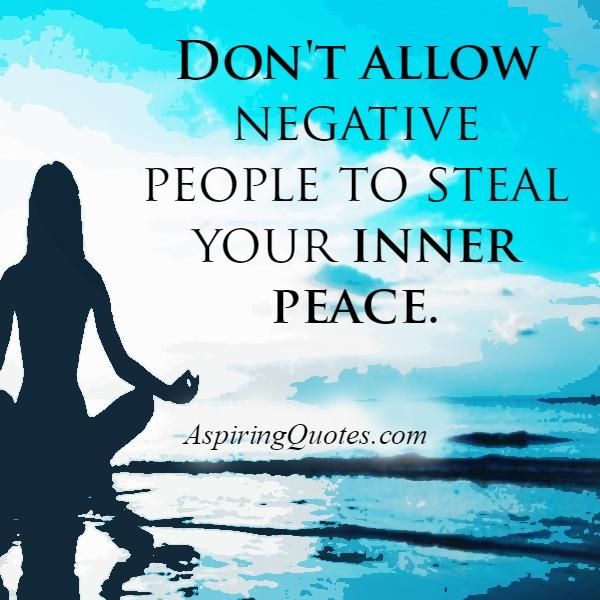How to find inner peace with yourself
8 tips for more inner peace in your life
21 March is known as the World Day for Inner Peace. A beautiful initiative to organize a school day dedicated to world peace, in which students could experience inner peace for themselves, through meditation.
It was set up to spread the message of peace in some of the most troubled areas around the world: refugee camps, occupied territories, and places devastated by war. Places where inner (and outer) peace is a great challenge.
However, inner peace is something we all seem to be looking for, no matter where we’re from and what situation we’re in.
What is inner peace?
Let’s start with a definition of the term. Inner peace is the state of calm you feel within yourself. It’s an achievable state of mind that has everything to do with how you feel inside, instead of what’s happening around you.
Peace is actually our most natural state of being. If we do not return regularly to our hearts, and to the stillness within, we would most likely be permanently overstimulated, hyperactive, exhausted, or even burnt out. The world around us could be stress-inducing and chaotic, but if you try to keep your calm no matter what, inner peace will more likely be your default modus.
What can you do to find more inner peace?
The first step towards inner peace is to be open to it. To believe it’s possible you can achieve it, even though you might think you can’t because your mind keeps spinning around. Simply trust that every action you take will bring you a (little) step further.
Here are eight tips that will help you on your way.
1. Meditate
Meditation is about mental silence. It’s the exercise of calming your mind in order to connect with the present moment and to observe and accept whatever is going on in and around you.
In everyday life, our minds are always thinking. To-do lists, what to eat for dinner, things we have done and could have done differently… We’re never not thinking about anything. And even though meditation is not about stopping your thinking, it is, in fact, an efficient way to allow yourself a break from the outside world and observe what’s going on inside you, pleasant or unpleasant. In a state of mental and emotional calm, you learn to simply observe and acknowledge things as they are, which helps to achieve some sense of peace in your life.
In a state of mental and emotional calm, you learn to simply observe and acknowledge things as they are, which helps to achieve some sense of peace in your life.
2. Take a break from social media
This may sound like a no-brainer, yet most of us are glued to our screens all day long. If there’s one big cause that disrupts inner peace, it is social media. Social media can cause a fear of not living our best lives when comparing ourselves to friends’ or famous people’s stories and posts. This alone will disrupt your inner peace.
Moreover, research shows that being present on social media for extended amounts of time can cause physiological changes in the brain. It lowers our ability to maintain our attention on any one selected topic, and it makes us addicted to our screens, by causing our bodies to release dopamine (the happy hormone) each time we post or get a notification from an app. Studies show that the brain scans of heavy social media users look very similar to those addicted to drugs or gambling.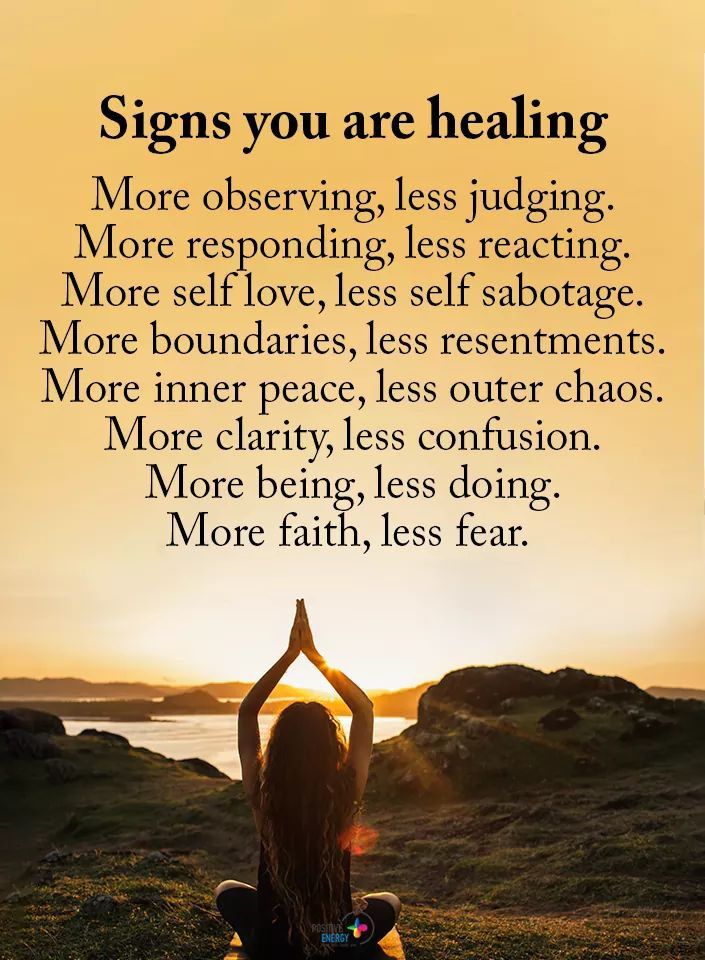
So, trying to say bye to your phone more often is a great idea if you'd like to keep your inner peace high.
3. Practice breathwork
See your breathing as the remote control of your autonomic nervous system. By changing the way you breathe, you change your state of mind in just a few seconds!
Feeling stressed or anxious? Controlled, slow breathing triggers the relaxation response of our bodies, slowing down your heart rate, relaxing your muscles, calming your nerves, and soothing your thoughts. Just sit down, close your eyes and breathe slowly in and out from the belly for a while. You will soon notice a calmness coming over you.
Breathing is one of the fastest and most effective ways to achieve inner peace. Need help? We’re here to guide you, as moonbird is specifically designed to guide you in doing slow breathing exercises in order to find more inner peace.
4. Be kind to the world around you (and to yourself)
When you’re consciously making an effort to be kind to those around you, you will always feel better.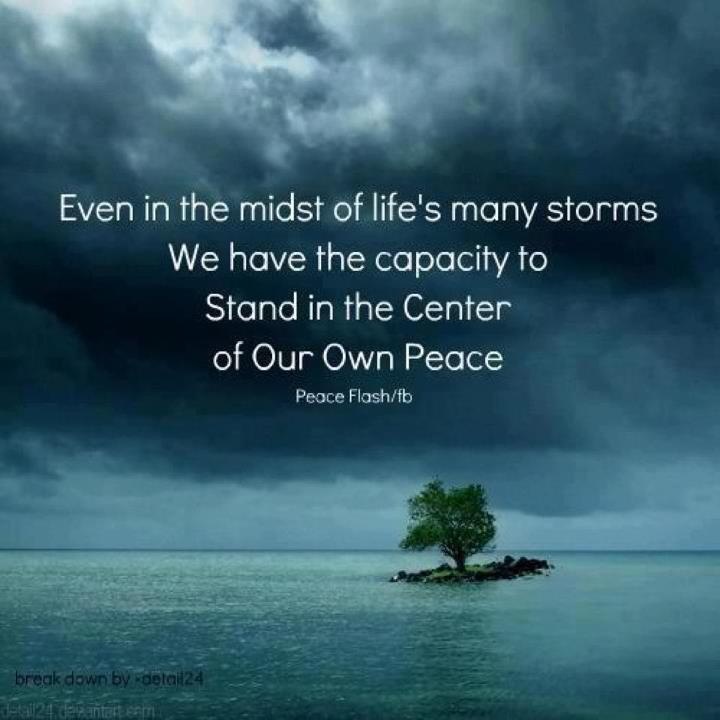 If you focus on the good, the good will come back to you, and you’ll quickly realise that you’re more at peace since your mind pays less attention to the things causing you distress.
If you focus on the good, the good will come back to you, and you’ll quickly realise that you’re more at peace since your mind pays less attention to the things causing you distress.
If you’re going through stressful times, try performing acts of kindness on a daily basis. Help others, but don’t forget yourself in the process! In general, the world becomes more peaceful if you are kind to yourself. Do things that make you happy and lift your spirit. Love, for yourself and for others, is the key to living a life with more inner peace.
5. Take a walk in nature
Nature is such a beautiful thing. Not only because it is literally beautiful, but also because surrounding yourself with nature instantly improves your well-being. Our relationship with nature – how much we notice, think about, and appreciate our natural surroundings – is a critical factor in supporting good mental health and preventing distress.
Research shows that people who are more connected with nature are usually happier in life and more likely to report feeling their lives are worthwhile.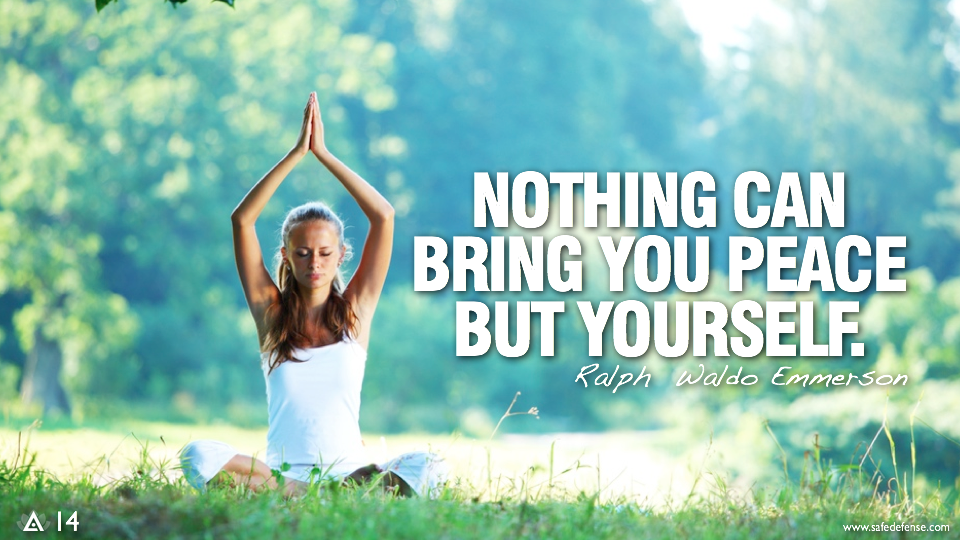 You can take a daily walk in the woods or by the water, but if that’s not available, a short walk in the park around your house also helps to lower your stress levels and curb your anxiety.
You can take a daily walk in the woods or by the water, but if that’s not available, a short walk in the park around your house also helps to lower your stress levels and curb your anxiety.
Whatever you do, spending time outdoors is always a quick and easy way to achieve inner peace.
6. Laugh as much as you can
Laughing is the best medicine, as it works for basically anything. Laughter boosts immunity, lowers stress hormones, decreases pain, relaxes your muscles, prevents heart disease, adds joy and zest to life, eases anxiety and tension, relieves stress, improves mood, strengthens resilience, strengthens relationships, promotes group bonding, and helps defuse conflict.
Inner peace will never be achieved when you’re taking your life too seriously. Yes, life can be stressful, challenging, and take unexpected turns, yet the invitation is to keep finding the joy and beauty of it.
If you're having a hard time and your mind is putting you to the test, find things that make you smile. A funny movie, a night out with friends, dancing around in your living room: whatever works for you.
A funny movie, a night out with friends, dancing around in your living room: whatever works for you.
7. Express yourself
Inner peace is both the foundation and the sustenance of creativity. Expressing yourself and making art of all kinds improves your well-being. It’s one of the most mindful things you can do, as you only focus on what you do, pay attention to every detail and get into the flow state where you don’t notice time passing by.
Whether it’s making music, drawing a picture, or painting a chair: being in the creative process puts your mind at ease and shifts your attention from pain and anxieties to something beautiful.
Do you think you’re not creative? Guess again. Every person is intrinsically creative. And you don’t have to become a Picasso to make art. Just do it and trust the process (not the outcome).
8. Practice everyday mindfulness
Mindfulness is a state of clear presence or peace of mind that enriches your life. This can be achieved through shifting your focus within, through meditation. You don’t have to necessarily close your eyes and sit still to practice mindfulness. Why not try to be mindful with your eyes open, as much as you can?
You don’t have to necessarily close your eyes and sit still to practice mindfulness. Why not try to be mindful with your eyes open, as much as you can?
At any moment during your day, you can bring your attention back to the present moment. A mind that is at peace is in the here and now and is not thinking compulsively about the past and the future. What can you do? Every time you feel a thought or feeling coming up, try to shift your attention to for example your breathing, your bodily sensations, or the thing you are doing at the moment (like sipping your coffee).
Try to be as attentive as you can be and allow your mind to find harmony with the present moment. True peace always arises in the now.
Find your inner peace
Want help finding the present moment and inner peace? Find out how breathing with moonbird can help.
11 Ways to Find Your Inner Peace and Happiness Now
Inner peace is possible, and you don’t need to meditate on a mountaintop or break the bank for a wellness retreat in order to find it. Carving out time to relax is wonderful, but it’s amid the frantic pace of everyday life when we need serenity the most: That moment when you’re stuck in the pharmacy line and the contents of your bag spill on the floor just as your phone starts ringing? That’s when you need to find inner peace within yourself, right as you’re suppressing the urge to unleash a stream of four-letter words.
Carving out time to relax is wonderful, but it’s amid the frantic pace of everyday life when we need serenity the most: That moment when you’re stuck in the pharmacy line and the contents of your bag spill on the floor just as your phone starts ringing? That’s when you need to find inner peace within yourself, right as you’re suppressing the urge to unleash a stream of four-letter words.
“I think often people look for circumstances to help achieve a sense of inner peace,” says Ashley Davis Bush, psychotherapist and author of The Little Book of Inner Peace: Simple Practices for Less Angst, More Calm. “In fact, this calm, compassionate, deep awareness is actually within each person. It’s as if we have a deep reservoir of peacefulness and serenity inside us. What we have to learn to do is tap into it.”
With the help of what Bush calls “micro-practices,” you can get better at accessing your inner calm—even if it's been in hiding for awhile.
Peace of mind doesn’t require peace and quiet.
Have you ever been scuba diving, or even just watched a good deep-sea documentary? The ocean’s tide brings the drama when it crashes against the shore, but venture a few meters down and you’ll find a tranquil world of creatures moving at their own pace, wholly unfazed by the action up above.
“The problem is most of us live sort of on the surface of the waves, where there's a lot of turbulence and wildness,” says Davis. “But again, this deep, calm, awareness is actually within each person.”
Davis maintains that you don't need to shut out all the noise to find inner peace. “There's this assumption that if you're in a quiet place, it will be more conducive to accessing this spot within. But, in fact, there are people who have panic attacks while they’re on a massage table. You could be on a New York city subway, surrounded by people and noise, and close your eyes to go into this space where your calmness resides.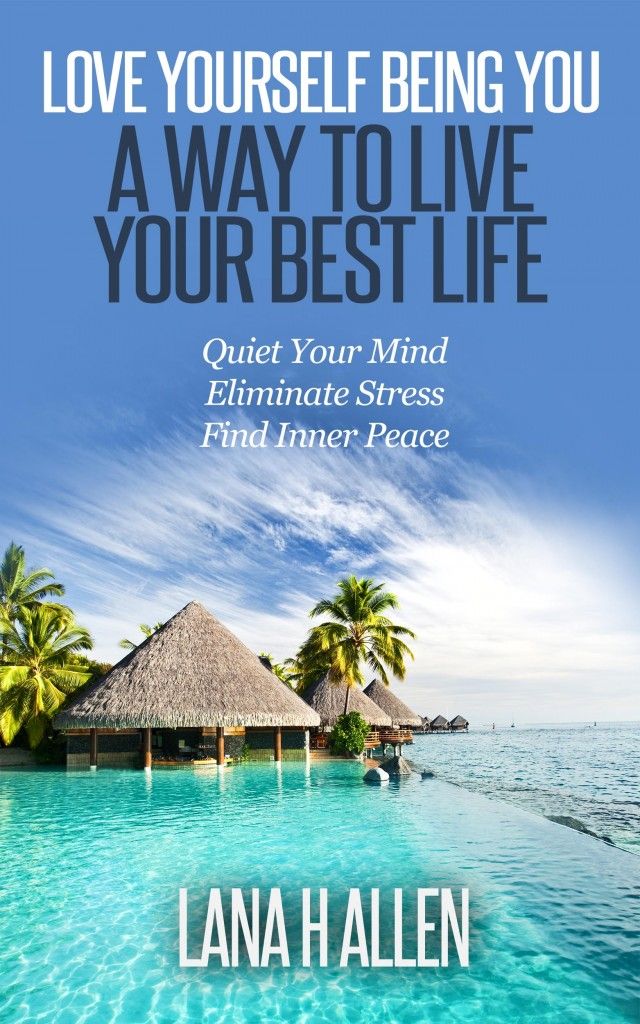 ”
”
Breathe in, breathe out.
Your breath is always with you, and both yoga and meditation practices harness the power of breath control to help shift your state of mind. Davis likes to recommend practicing the 4-7-8 breath, which is based on a time-tested yoga technique, because you can do it anywhere at any time.
Close your mouth and inhale through your nose as you count to four. Hold onto that breath as you count to seven, and then exhale through your mouth for the count of eight.
“The long exhale helps stimulate the parasympathetic nervous system, which is basically initiating a relaxation response in your body,” Davis says. “Make sure to breathe really low, to fill your belly with air.”
Feel the truth that you’re safe and loved.
“Remind yourself that you’re breathing. And hopefully, you’re physically protected,” says Julie Potiker, mindful self-compassion teacher and author of Life Falls Apart, But You Don't Have To: Mindful Methods for Staying Calm in the Midst of Chaos.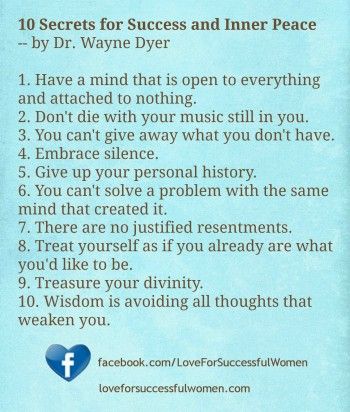
“Think about the people you care about, and the people who care about you,” Potiker suggests, saying that focusing on that can lower your panic response. “Let the truth of that warm your heart.”
Visualize your happy place.
This is another micro-practice that becomes easier the more you do it, and the stronger your visualization, the more effective it is. It's okay if it takes you a while to conjure up what that go-to happy place is.
“You might want to picture the ocean, or your bedroom under your covers, a lake view, playing with your pet, being with someone you love, or maybe a favorite vacation,” Davis suggests. “Then, try to really get all the details in your mind’s eye—the smells, the sounds, the textures, the touch.” Accessing these vivid memories will cue your body to start feeling like you’re actually there, which will relax you, she says.
Read the story you’re telling yourself.
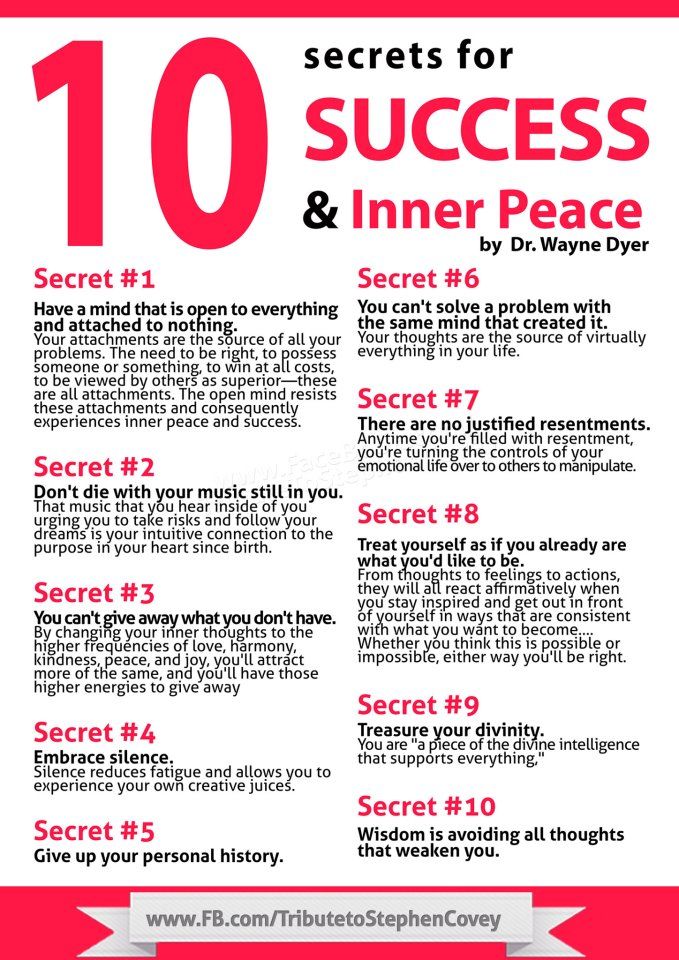
If you find yourself spiraling over a perceived disappointment, frustration, or panic-inducing thought, try stepping back to assess whether what your brain is telling you is true. Examining the source of your turmoil can make it feel smaller in size.
“I tell my students that what you resist persists and they need to feel it to heal it,” Potiker says. She often recommends the RAIN technique, an acronym first coined by meditation teacher Michele McDonald.
Recognize what’s happening. “Label the emotion, because simply naming it calms down your over-arousal,” says Potiker.
Allow your situation to be there. “You’re not resisting it, or trying to numb it and run away from it,” she says. “You're allowing it to be there long enough to work with it.”
Investigate. Potiker says to ask yourself, What most wants my attention? What am I believing? Where am I experiencing these feelings in my body—can I put my hands on where I’m feeling it, and soften the area? All of this inquiry is done with love, not judgment.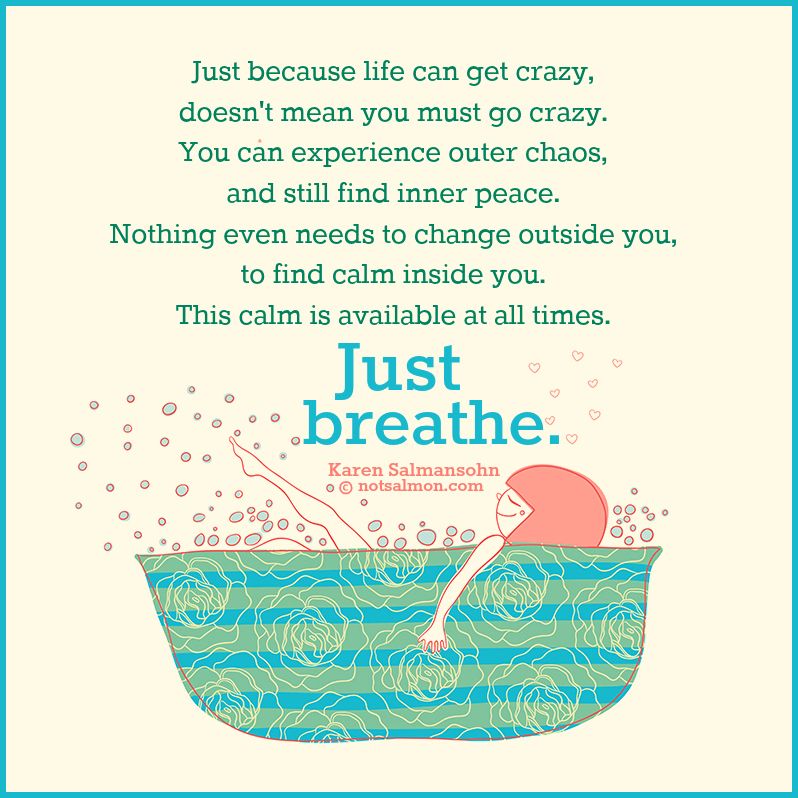
Nourish. This is alternately defined as natural loving awareness. You’ve observed yourself, and it’s time to treat yourself with loving kindness. “Ask yourself, What do I need to hear right now?” Potiker says. “Just talking to yourself like you would a dear friend is extremely helpful and healing. It staves off the feeling of isolation.”
Or ACT your way to deeper self-compassion.
There’s no one road to self-compassion, so here’s another way to think of it. Davis suggests trying a three-step method she calls ACT, based on the work of Kristen Neff, a prominent researcher in the field of self-compassion.
“'A' is for acknowledge, as in you acknowledge your suffering or your struggle: This really sucks,” Davis says. “'C' is for connect, connecting to all common humanity to remember that you're not alone in this. Other people get frustrated, feel angry or impatient.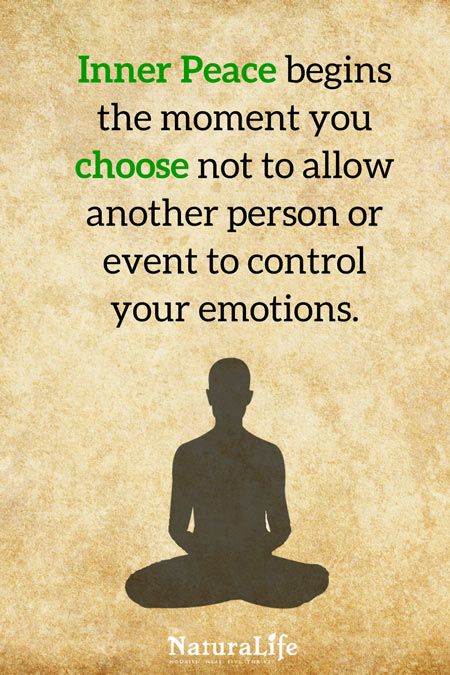 The 'T' is to talk kindly to yourself.”
The 'T' is to talk kindly to yourself.”
Related Stories
- The Best Meditation Apps to Help With Anxiety
- 9 Best Yoga Apps For At Home Workouts
- How to Finally Relax
When it comes to positive self-talk, Davis echoes Potiker’s recommendation to address yourself as you would a friend, because using “I” sentences may make you feel more isolated. “Research shows that when you talk to yourself in the third person, you actually activate the care circuit in your brain so that you feel more cared for,” she continues. “You’re accessing your higher self so that you can talk yourself off the ledge, and you feel more supported. So I would say, Ashley, you're going to be okay. This is a really hard moment, but don’t forget, Ashley, you’re not alone in this.”
Make a “joy list” for when you need it later.
While a compassionate inventory of how you’re feeling is a powerful mindfulness exercise, Potiker says asking yourself, What do I need to do right now? can remind you to lean on actions that tend to give you peace.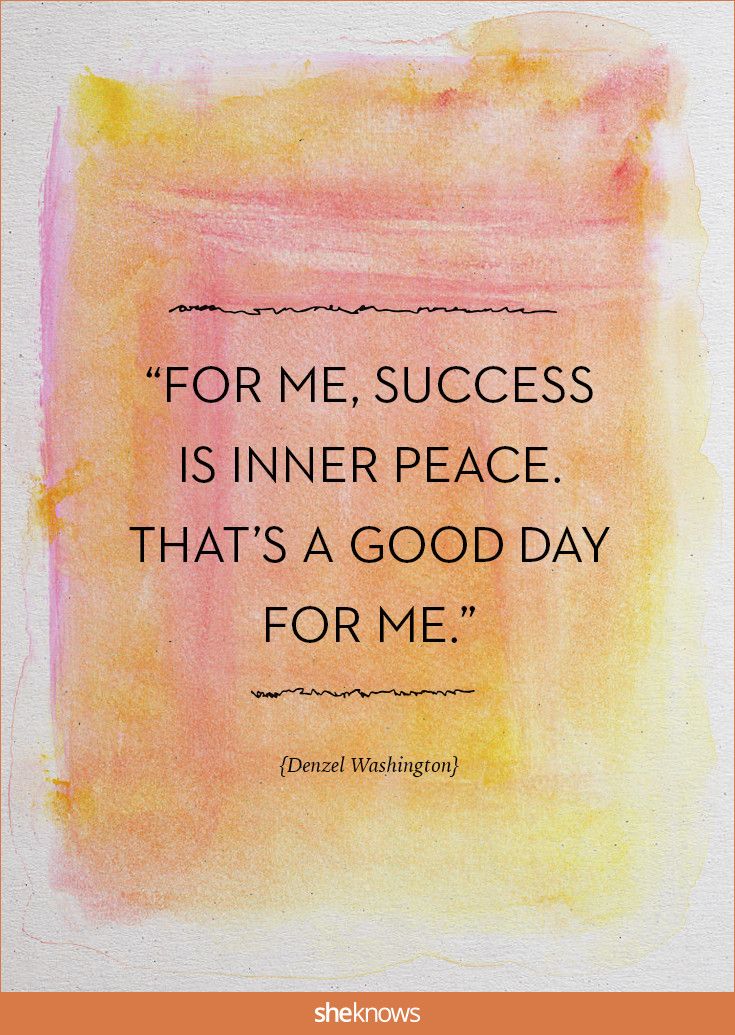 Since many people find it challenging to remember which activities bring them joy when they’re feeling mired in chaos, Potiker recommends looking to a “joy list” that you’ve compiled ahead of time.
Since many people find it challenging to remember which activities bring them joy when they’re feeling mired in chaos, Potiker recommends looking to a “joy list” that you’ve compiled ahead of time.
Related Stories
- How to Manifest Anything You Desire
- Ways to Finally Show Yourself Some Love
- Exactly How to Find Joy Today—and Every Day
“Free associate what brings you joy, and then pick something on the list to do when you’re feeling lousy,” she says. While you’re doing that thing, such as flower arranging or baking, savor it. “Take it in for a few moments, because taking in the good rewires your brain for happiness and resilience,” Potiker says, citing the work of psychologist Rick Hanson, PhD.
If you look at a beautiful sunset and say, “That’s a beautiful sunset—what’s for dinner?,” Potiker says you haven’t given your brain a chance to truly form a positive connection. Instead, try to fully give yourself over to the moment, noticing the rich colors of the sky, because that's productive work in its own way.
“Just letting you fill you up for that moment of awe is enough to rewire your brain for happiness and resilience,” she says. You can do this multiple times a day, Potiker adds, building up a joy reserve by just savoring those first sips of morning coffee, or the sound of a child giggling.
Cultivate gratitude for what’s happening (and
not happening).The psychological benefits of gratitude have been championed repeatedly in the field of happiness research, and according to Davis, practicing gratitude is another way to quickly access that state of inner peace. She suggests two simple ways to get into the habit: keeping a gratitude journal, and smiling as soon as you sit up in bed in the morning. “When you smile, it signals to your brain that things are good and that you’re happy.”
View full post on Youtube
If you find yourself struggling to think of what you're grateful for in the heat of a chaotic or frustrating moment, Davis suggests you start by naming what you're glad isn't happening—and boom, now you've got something to be thankful for. To go back to her earlier subway example, in a crowded commute you might think, I’m glad I’m not being mugged right now, or I’m glad it’s actually moving and we’re not stuck in the dark; I'm glad it's air-conditioned; I'm glad I have a seat; I'm glad I have a physically healthy body. One small positive thought often sparks another.
To go back to her earlier subway example, in a crowded commute you might think, I’m glad I’m not being mugged right now, or I’m glad it’s actually moving and we’re not stuck in the dark; I'm glad it's air-conditioned; I'm glad I have a seat; I'm glad I have a physically healthy body. One small positive thought often sparks another.
Ask yourself two questions daily.
Your gratitude journal entries don’t need to be lengthy reflections, like some burdensome daily homework assignment. Instead, Potiker says use these two simple prompts to list an item or two for each: “What did enjoy today?” and “What am I grateful for today?” Maybe you did something that's on your joy list, for example.
Serve others to help yourself, too.
“Everybody knows that when you help other people, you feel better,” Potiker says. Those in the field of positive psychology believe that the good feelings that come from truly meaningful acts cultivate something they've deemed eudemonic well-being.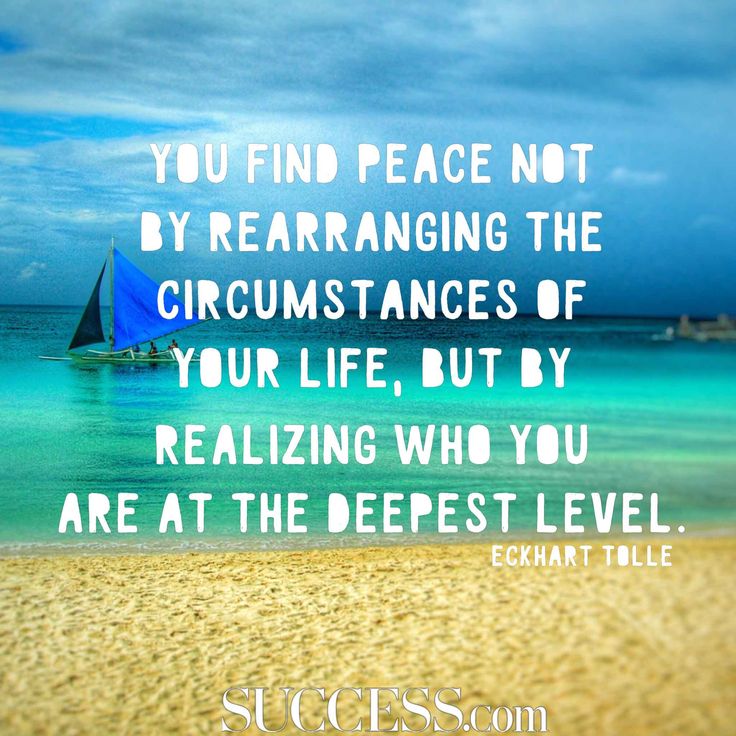
Over decades, research has suggested that in the long term, the eudemonic happiness that people feel from doing something like volunteering or making someone else feel good is more rewarding, and longer-lasting, than the more commonly pursued hedonic well-being, which prioritizes seeking pleasure and minimizing pain. Thus, building up a reserve of eudemonic happiness through acts of service could potentially up your general inner-peace baseline.
Maintain good self-care hygiene.
Eating right, getting plenty of sleep, exercising, meditating, and practicing what Potiker calls “mindfulness daily life activities” can all shore up your mental-peace defenses for when all hell breaks loose (in your world, or in your head). “Even while you’re just brushing your teeth, you can focus on feeling the toothbrush, tasting the toothpaste, and hearing the sounds, so you’re not worrying about your to-do list or what just happened in the news,” she says. “That’s a mindfulness in daily life activity.”
“That’s a mindfulness in daily life activity.”
It’s all about developing “the pause,” so that when you feel yourself reacting to a situation, you’re better prepared to respond in a calmer way.
Practice acceptance.
In the larger pursuit of learning to access your inner peace, Davis says that accepting the existence of things that are out of your control is the long-term goal, difficult as it may be. “Acceptance is an overall way of engaging with life,” she explains. “So it’s less about a quick practice, and more about a life orientation.
“When we resist our circumstances, we create a lot of suffering, which of course is the opposite of inner peace,” she continues. “And the second you start going with the flow and putting yourself in alignment with what is, you immediately start to have a sense of flowing with rather than flowing against.”
It’s a challenging process, and one your brain may resist on impulse at first.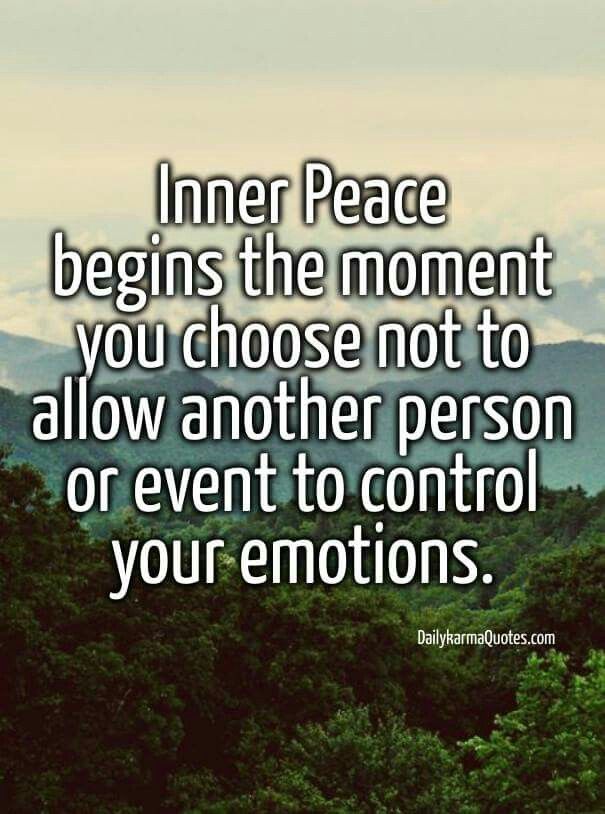 That’s why it’s called “practice”—you may not nail it the first, 15th, or 50th time, and that’s normal.
That’s why it’s called “practice”—you may not nail it the first, 15th, or 50th time, and that’s normal.
“In terms of a practice, I might say to someone, ‘Right when you're in a situation like you're in a long grocery line, you can't believe it, you're late for something, you're feeling really stressed? Just stop, drop into your heart space, and say, This is what I've got. This is where I am. I'm just going to flow with this. And I'm going to look for an opportunity now to just practice patience, and practice self-compassion. This is really hard. I wish I could be faster. I wish I wasn't in this line, but I am. It's okay, and I'm okay.’”
For more ways to live your best life plus all things Oprah, Sign up for our newsletter!
Samantha Vincenty
Senior Staff Writer
Samantha Vincenty is the former senior staff writer at Oprah Daily.
Inner peace: how to find it and not lose it
33,007
Know yourselfListen to your body
At home
Smile
When you wake up, direct your attention to the body - go through it in your mind's eye from the top of your head to the tips of your fingers and toes.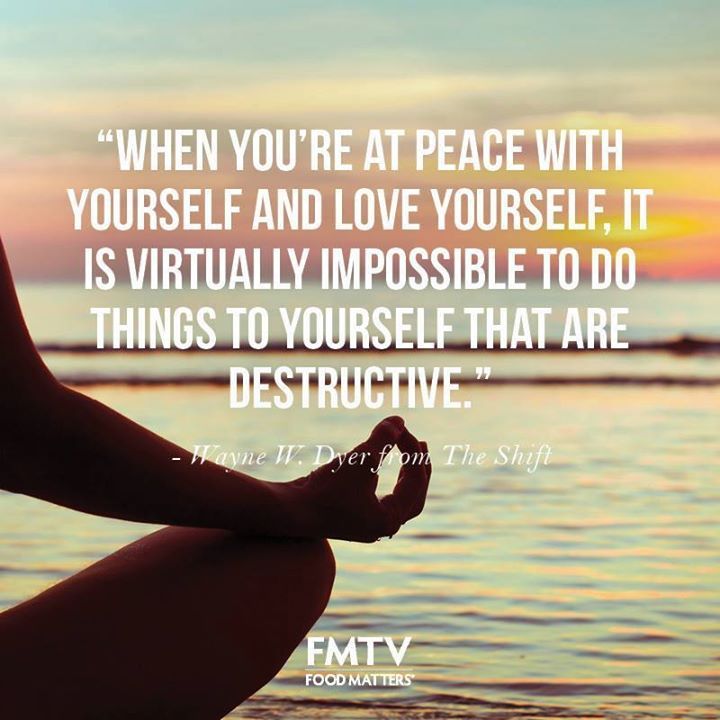 Give yourself a couple of minutes to feel how you are at the moment: whether you woke up energetic or tired, whether you are happy about the new day or not, how your body feels - tense or relaxed, rested or tired. nine0003
Give yourself a couple of minutes to feel how you are at the moment: whether you woke up energetic or tired, whether you are happy about the new day or not, how your body feels - tense or relaxed, rested or tired. nine0003
The task is not to evaluate and analyze the state, but simply to notice it, to realize it. If you feel fatigue, tension in some place, hold your attention on it and, as you exhale, relax this part of the body, release the tension. For example, you can imagine that you are exhaling all your tension into the ground - even if you are lying on the bed.
Now try to smile with different parts of your body: feel how your eyes, face, heart, liver and internal organs, back are smiling. Our body doesn't just reflect emotions, it creates them. And, smiling with the whole body, we fill it with the energy of joy and cheerfulness for a new day. nine0003
Be grateful
This exercise is good for ending the day. Gratitude has a huge healing effect. The feeling of gratitude is a signal to the nervous system that everything is in order.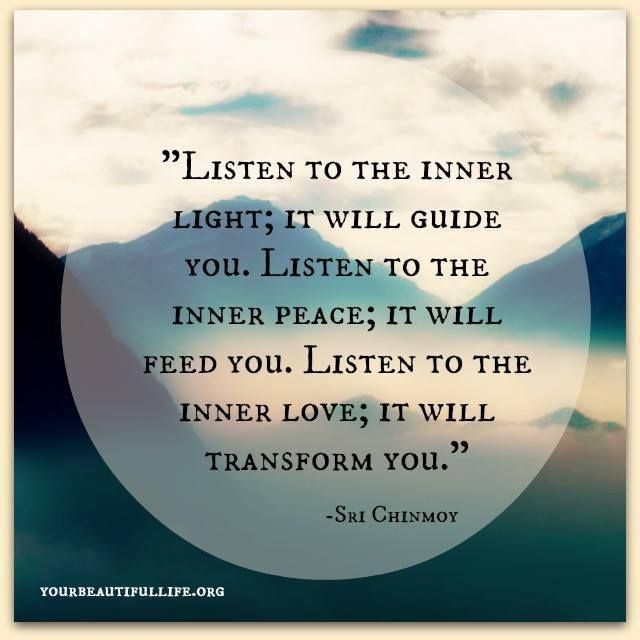 In our life there is completeness, harmony, we do not need to run anywhere, achieve anything, nobody likes it.
In our life there is completeness, harmony, we do not need to run anywhere, achieve anything, nobody likes it.
Of course, we have hard days and problems, but there are many good things in everyone's life. Think about what you can sincerely thank the world for tonight - what was good during the day? And let gratitude fill your heart. nine0003
Relax your eyes
Many people work all day in front of monitor screens, and by the evening our eyes are very tired, and our head is buzzing with thoughts and work problems.
Close your eyes. Most likely, you will notice that your eyeballs continue to move, tremble. This activity is directly related to the activity of the mind. Now bring your attention to your eyes and relax them as you exhale, just as you relaxed the muscles in your body. And relax more and more.
You will notice that the movement of the eyeballs will slow down, the mind will begin to calm down. Your breath will sink into your lower abdomen, and there will be a general feeling of relaxation and peace in which it is easy to fall asleep. Ideally, in complete darkness and with a dark mask over your eyes, removing all gadgets. nine0003
Ideally, in complete darkness and with a dark mask over your eyes, removing all gadgets. nine0003
At work
Ground yourself
Sitting or standing, direct your attention to two feet at the same time. You do not think about the feet and do not look at them, but you direct your attention to them and feel their contact with the floor. It is important that this is a feeling of two feet at the same time. Usually people notice that the moment when all their attention is directed to the feet, the mind calms down, and the breath sinks into the lower abdomen.
Look around. Pay attention to what has changed in the perception of the world around and employees in the office. Perhaps you see something that you did not notice behind the flow of thoughts and interpretations before. You may notice that your perception becomes clearer and more neutral, nonjudgmental. nine0003
This practice allows us to quickly bring our attention back to the present moment while remaining open to everything around us.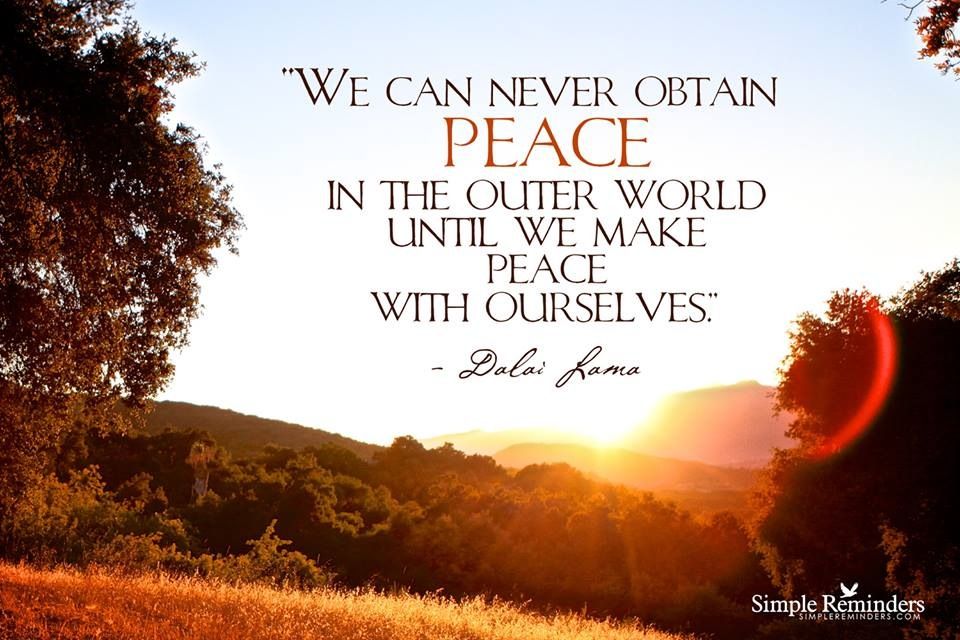 It is good to use during a conversation or meeting when you need to ground yourself and bring attention back to yourself.
It is good to use during a conversation or meeting when you need to ground yourself and bring attention back to yourself.
Learn wisdom from plants
Busyness is not an objective fact, but a state of mind. Often, in order to do everything in time, it is enough for us to stop switching in a panic from one thing to another (because of this, we lose about 30% of time and efficiency) and start acting very slowly and carefully. And here we have a lot to learn from the plants that are available in almost every office. nine0003
Trees and flowers are in no hurry. They are the embodiment of the peace of the present moment. They grow and bloom at their own pace. Give yourself 5-10 minutes to do nothing and try to experience what it's like to be a plant. Allow yourself to feel what rhythm is good for you now. How does it feel to choose the rhythm of work from within, and not under the influence of external circumstances?
On the road
Watch your breath
Staying calm during rush hour can be difficult.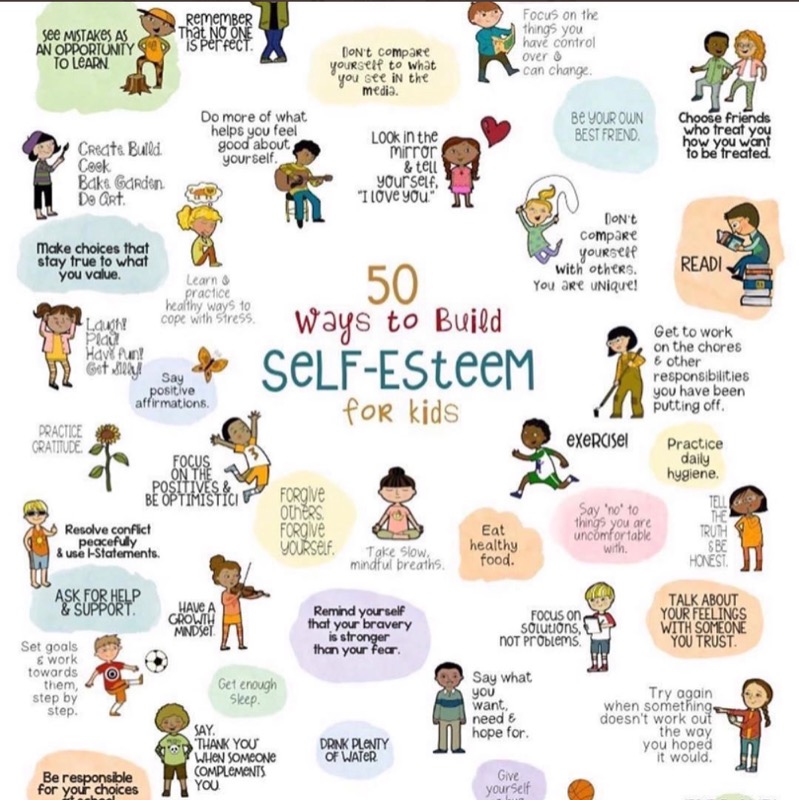 Especially in the evening after work. But you can use your time on the road to practice watching your breath - it activates the parasympathetic division of the autonomic nervous system and prepares the body and mind for rest. nine0003
Especially in the evening after work. But you can use your time on the road to practice watching your breath - it activates the parasympathetic division of the autonomic nervous system and prepares the body and mind for rest. nine0003
The advantage of this practice is that it can be done in any position, both standing and sitting. Pay attention to your breath. To inhale and exhale. Pause between them. Follow the exhalation and then the inhalation. To do this, you can direct your attention to the tip of the nose and focus on the feeling of air moving through the nostrils, or on the lower abdomen and watch the abdominal wall move slightly back and forth in time with the exhalation and inhalation.
At some point you will notice that you are distracted, you forget about breathing and you are thinking about other things. Or consider neighbors. Or read ads. Don't scold yourself, but gently bring your attention back to your breath. nine0003
Master the practice of loving-kindness
From the point of view of many meditation traditions, the true nature of people is love and joy. But as long as our mind is restless, and our attention does not belong to us and is controlled by external events, we cannot feel this joy and love. Here is a short version of the practice of loving kindness.
But as long as our mind is restless, and our attention does not belong to us and is controlled by external events, we cannot feel this joy and love. Here is a short version of the practice of loving kindness.
Feel with all your heart the joy and gratitude that you are. That you are alive and well. And wish yourself love, joy, abundance, health. Feel that joy in your heart. Now look at the people around you, completely unfamiliar to you, and admit that they, like you, dream of peace, love and joy. Wish them all this. nine0003
Text: Alla Anufrieva Photo Source: Getty Images
New on the site
Four minutes is enough: psychologists figured out how the first impression affects the outcome of a date
Schedule for the day: 6 relaxing exercises - try today
Management, management and creativity : how to grow a business in difficult times - 11 coaching tips
How to love yourself more than others: advice from a self-acceptance specialist
"People with smartphones annoy me"
The contagious kraken: why the new variant of coronavirus is dangerous
iron deficiency: what foods will protect against anemia
What a therapist can teach you: 3 exercises against anxiety - personal experience
45 ways to find peace of mind
June 5, 2013 Life Inspiration
In our age of haste, lack of rest and excess of information, it is not easy to know Zen. We often get nervous over trifles. It's time to learn how to live differently.
We often get nervous over trifles. It's time to learn how to live differently.
We don't know how to deal with stress. For many, relaxation comes down to alcohol, coffee with a cigarette, or extreme hobbies. Meanwhile, there are simple methods to restore peace of mind in just a few minutes. nine0003
We remembered as many as 45 ways.
- Take a deep breath for one-two-three-four, hold your breath for the same count, then slowly exhale.
- Take a pen and write down your thoughts on paper.
- Recognize that life is complicated.
- Think of your three most successful events in your life.
- Tell your loved one what he means to you.
- Sit down and do nothing.
- Allow yourself to sit back for a while. nine0094
- Look at the clouds for a few minutes.
- Imagine that you are seeing your life from a bird's eye view.
- Defocus your eyes and for a couple of minutes catch everything that happens around you with your peripheral vision.
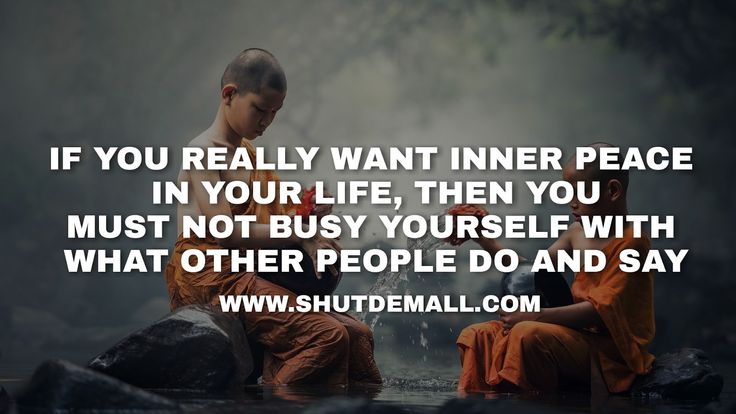
- Give a small amount to charity.
- Mentally place yourself inside a transparent bubble that protects you.
- Put your hand on your heart and feel it beat. It's great.
- Tell yourself that you will stay positive for the rest of the day. No matter what. nine0094
- Be grateful that you don't always get what you want.
- Think about how you would live your life if you knew for sure that you would never become rich.
- Let your body do what it wants at this moment.
- Smell fresh flowers.
- Listen to your inner critic as if it were your best friend.
- Identify the tightest part of your body. Tighten it with all your might for a few seconds, and then relax. nine0094
- Go outside and touch something 100% natural. Feel the texture.
- Look around and label each object. Realize how simple these things really are.
- Smile the stupidest smile in the world and imagine what you look like.
- Think of your big problem as if it were a friend of yours.
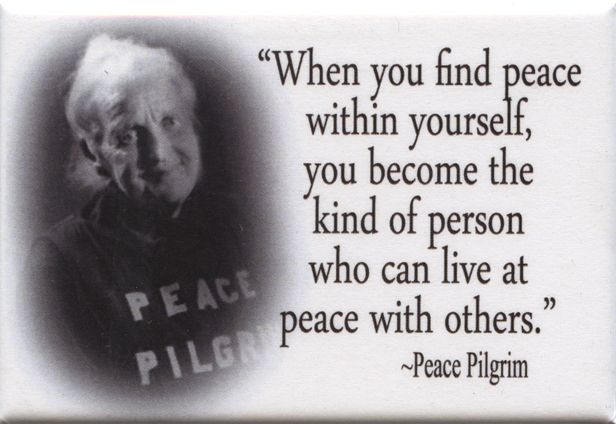
- Imagine that your roots extend to the center of the planet.
- Massage your head with all ten fingers. nine0094
- Count from 10 to 1 and listen for the echo after each number.
- Feel the ground beneath you with your bare feet and be aware of your connection with the earth.
- Stop focusing on other people.
- Dare to say no. Bolder.
- Write a list of all your problems. Then filter out the ones that don't depend on you or are not very important.
- Drink some water. Dehydration causes stress.
- Live within your means.
- Be aware of the difference between your desires and your need. nine0094
- Sincerely apologize to… Well, you yourself know who you are to blame for.
- Think about the vastness of the universe and understand how invisible your troubles are.
- Refuse to give a quick answer to a difficult question and seek a solution at a deeper level.
- Make extra time for your child.
